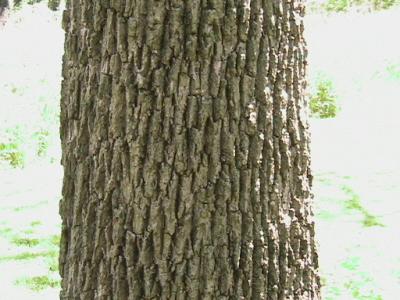Family: Juglandaceae
The Black Walnut tree is a rather common tree in temperate regions.
Ecologically, walnut trees are also indicators of well-drained soils, and they are a
common tree throughout Ohio.
The large alternate compound leaves combined with the chocolate brown outer
bark and the presence of walnuts (on the tree or on the ground) make this tree
relatively easy to identify
Black Walnut trees provide food and shelter for forest-dwelling animals. Squirrels
harvest the nuts while various bird species may construct nests in the canopy.
From a human perspective, Black Walnut trees are one of the most valuable
trees for woodworking and furniture building.
Leaves and Fruit: http://www.sfrc.ufl.edu/extension/4h/trees
A Black Walnut Tree
Additional References:
https://forestry.ohiodnr.gov


